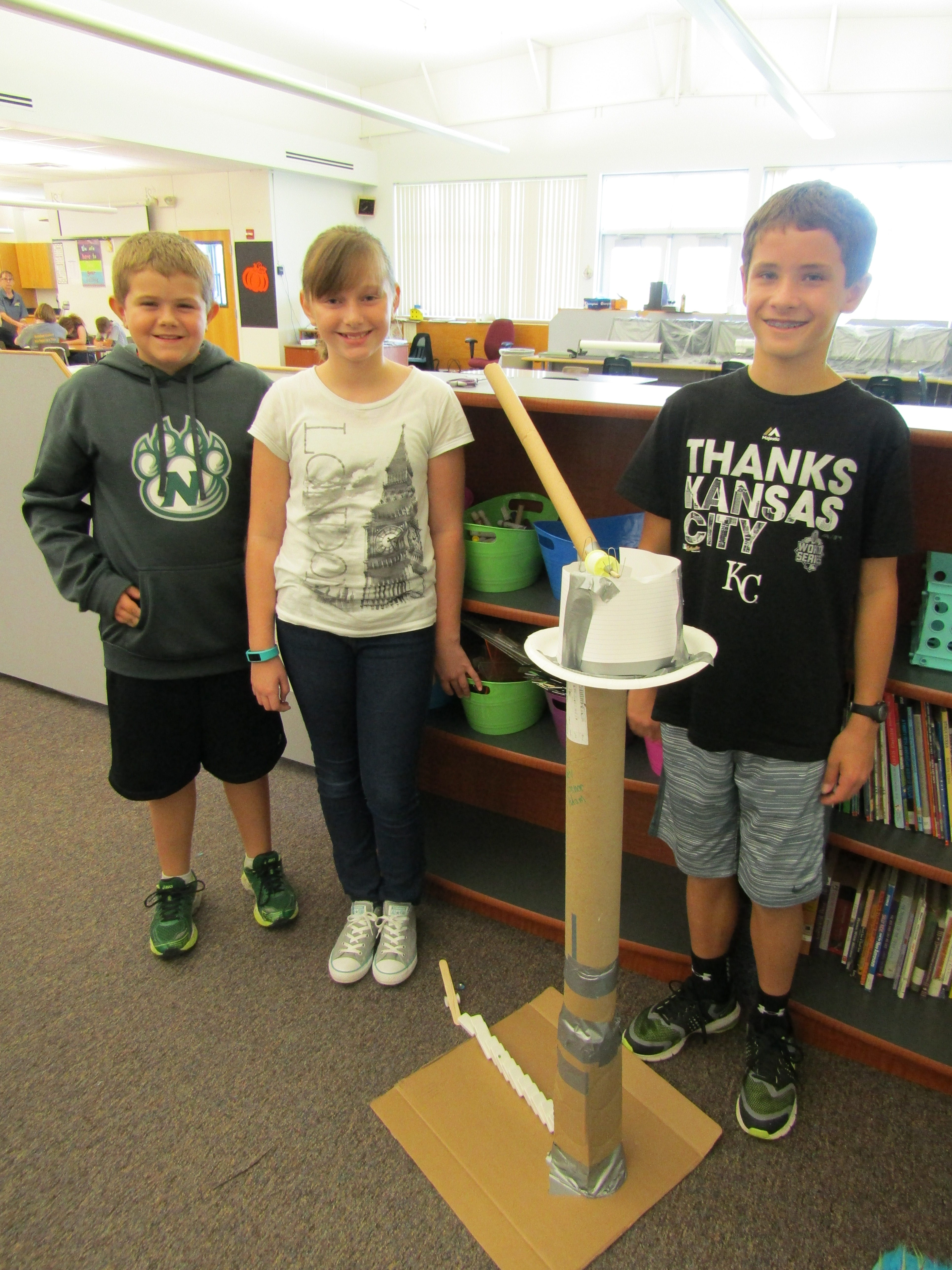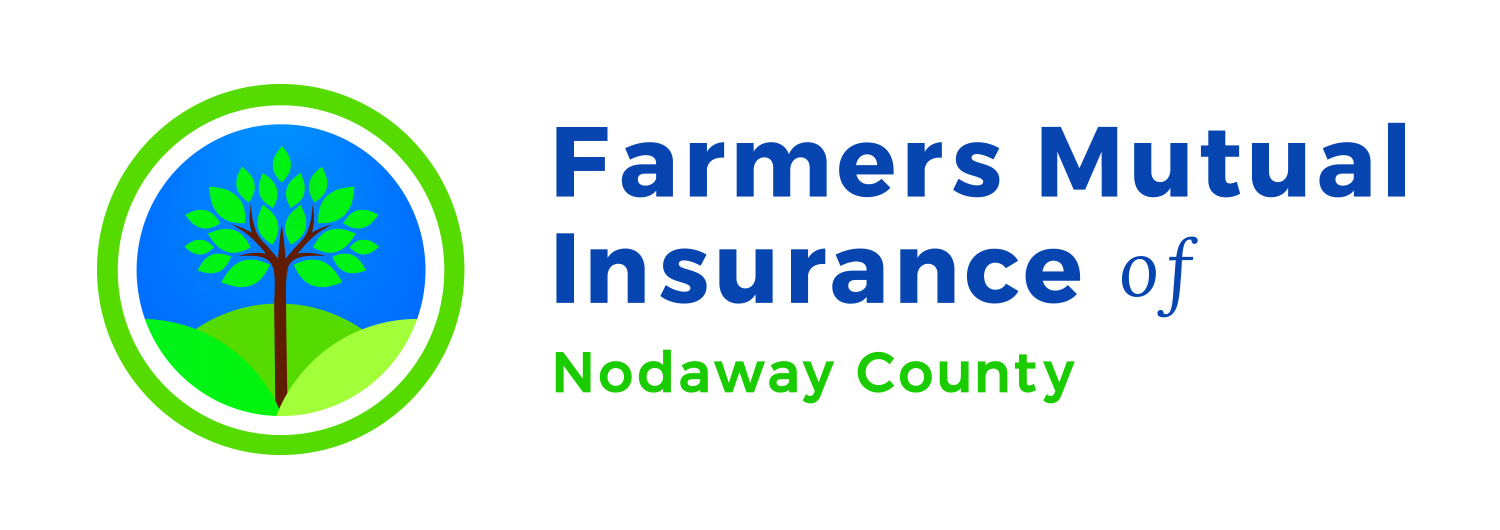Maryville Middle School students were tasked with developing a toy for an occupational therapist to use with a child who has cerebral palsy as part of the school’s Project Lead the Way curriculum.

Maryville Middle School students Adam Flohr, son of Amy and Charlie Flohr, Katy Schommer, daughter of Becky Wynne and Mike Schommer, and Connor Blackford, son of Nate and Andrea Blackford, build a Rube Goldberg machine ending with a marble ringing a bell.
The discovery lab class taught by Becky Wynne focuses on the engineering process, problem solving and critical thinking through hands-on activities. Students are presented with a problem and are tasked with solving it.
To begin the toy project, students had to research cerebral palsy and interview special education teachers both in and outside the school. They learned about cognitive, gross and fine motor skills and the challenges a child with cerebral palsy encounters. Then, they chose an aspect of cerebral palsy and age group on which to focus their project.
Once they defined their projects, they began engineering. They started by sketching flat and 3D designs on paper. The class is learning how to create digital 3D blueprint drawings using Autodesk 123D design, a modified student version of the computer-based program career engineers use to create blueprints.
With the blueprints complete, students built a prototype, tested it and redesigned if necessary. Once the design was successful, students constructed a final toy for presentation by printing it from the 3D printing machine.
“Everyone in the group contributes their thoughts and ideas and has a voice. Everyone’s ideas count,” Wynne said. “They rate everyone’s ideas based on constraints to reach a design plan. I am really pleased with the curriculum. It is collaborative and incorporates critical thinking, thinking outside the box learning to solve problems.”
Maile Ishikawa, Brooklyn Holtman, Keegan McMeely and Payton Long created an activity cube geared for a middle school student with cerebral palsy. They put a latch on their box to promote wrist movement. Inside, they had linking cubes designed for matching and creative thinking. On one side, they placed stress balls to loosen the child’s muscles as they squeezed the balls and on the other side of the box was a cup and ping pong ball game. The game was designed to promote grasping and coordination.
“It helps us, thinking of ways to help others. It makes me feel better to help someone,” Ishikawa said.
Other class projects include creating puzzle cubes and Rube Goldberg machines. The Rube Goldberg machines utilized all six types of simple machines. Students had to get an inanimate object to travel through all the simple machines and perform a task at the end, such as a marble ringing a bell.
The puzzle cubes were built using linking cubes. Students used 27 cubes to create several puzzle pieces. All of the pieces were hand crafted and fit together to create a 3×3-inch cube.
Each activity in the curriculum builds upon previous lessons, allowing students to use what they’ve learned to solve future problems.




Facebook Comments